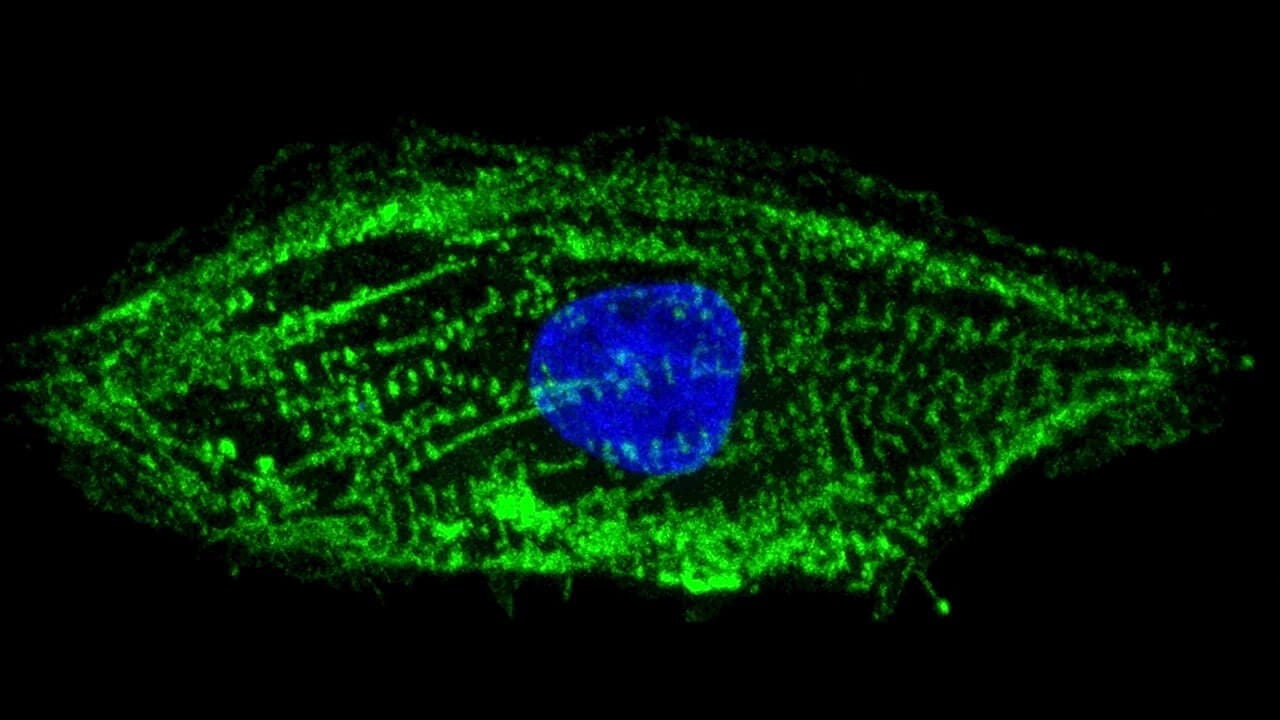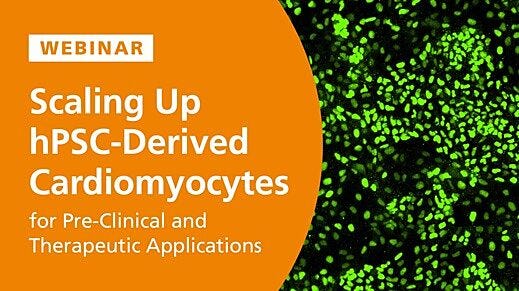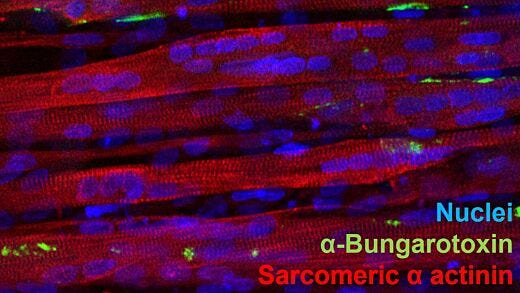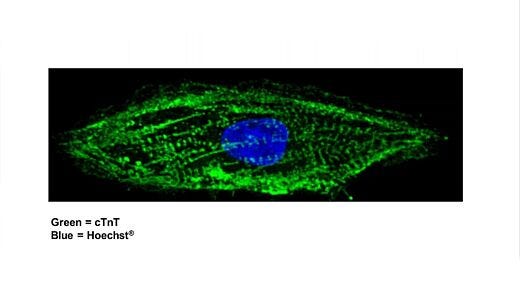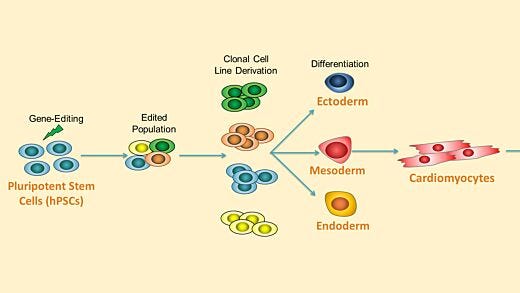Cardiac and Skeletal Muscle Research
Human pluripotent stem cells (hPSCs), including human embryonic stem (ES) cells and induced pluripotent stem (iPS) cells are self-renewing cells that have the potential to develop into cells of all three germ layers. hPSCs are a valuable research tool for researchers aiming to model human cardiomyocyte biology and disease. Myogenic progenitor cells, also know as satellite cells or myoblasts, have the ability to differentiate into multinucleated myotubes through myogenesis. Myoblasts can be isolated from skeletal muscle tissue for expansion and differentiation for functional studies and disease modeling.
Explore this collection of scientific resources to help you with your cardiac and skeletal muscle research.
Modeling Arrhythmias Using hPSC-Derived Cardiomyocytes and Tracking Their Excitability
In this webinar, Drs. Vincenzo Macri and Stacie Chvatal discuss their current work on tools to generate human pluripotent stem cell-derived cardiomyocytes (hPSC-CMs) and to measure these cells’ excitability. These tools enable modeling of arrhythmias using patient-derived and gene-edited hPSC lines associated with genetic mutations and drug-acquired arrhythmias.
View Now >